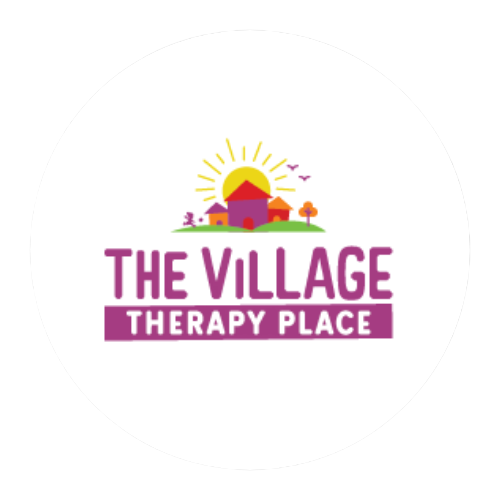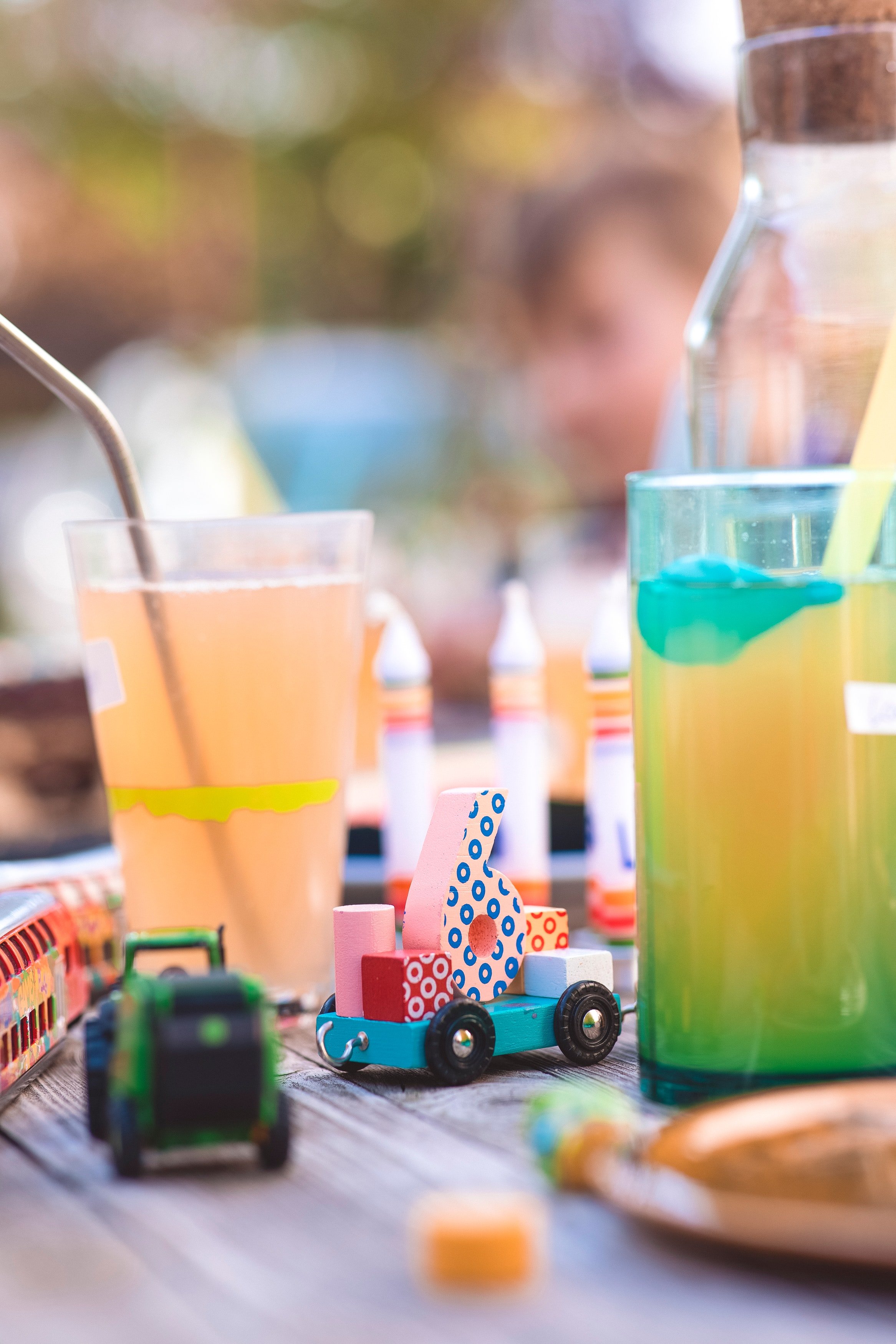Skip the Sippy Cup! The "How and Why" of Teaching Straw Drinking: One Mom's Method
Authored By Elise Weinstein, M.S., CCC-SLP
Speech Therapist at The Village Therapy Place
I admit it…I have major “mom brain.” Therefore, I have no idea how old my babies were when I realized I needed to teach them to drink from a straw. What I do remember is the more important part: how I taught them to drink from a straw and why it was so important to me to do that. Today, I’d like to share my method with you. If your child picked up straw drinking on his/her own- great! If not, read on for some helpful tips and to find out how one mom taught her kids.
My Method:
Step 1: Pouches
· I start the process with applesauce pouches, but you can use any food pouch your child likes.
· When I initially introduce pouches, I start by holding the pouch for my baby and squeezing small amounts into her mouth.
· As baby gets used to expecting the food, I start “delaying the squeeze” i.e. waiting to see if baby will try to suck some on her own before squeezing more applesauce for her.
· If baby does not start sucking on her own, you can try squeezing progressively smaller amounts of applesauce into baby’s mouth. Hopefully, baby will start sucking on her own to get more than you gave her!
· Once baby can successfully suck from a pouch, you know she is capable of sucking liquid from a straw cup. Time for the next step.
Step 2: Easy Straw Cups
· Let me start by explaining what I mean by an easy straw cup. Not all straw cups are “created equal;” some are easier/harder to suck from. While I love weighted straw cups for convenience (read: no spills to clean up when baby tosses her cup), I find that those cups require significantly more strength to suck (you can try it yourself to see). Therefore, I like to start the process with a straw cup that I know is easy to suck from.
· My personal choice: The First Years Take and Toss® Straw Cups. These cups are inexpensive and sooo easy to suck from! Even when merely closing the cup, liquid may shoot up out of the straw (pro tip: close the cup and put the straw in after to avoid the splash zone).
· When introducing the cup, you may need to squeeze the cup a little (which forces some liquid through the straw) so baby has to suck less before being rewarded with a refreshing sip. Another benefit to the Take and Toss® cups is that they have some give, so you can squeeze the cup a little to help baby not have to suck as hard at the beginning.
· What’s inside the cup? I love using water because of the inevitable mess, but formula/breastmilk may be more rewarding for a baby that does not love drinking water. Choose whatever works best for you and your child.
Step 3: Weighted Straw Cups/Cup of Your Choice
· After your child has mastered an easy straw cup, you can try harder straw cups, such as a weighted straw cup. A weighted straw cup eliminates the need for massive clean ups and allows your child to get all the liquid out of the cup.
· By drinking from a “harder” straw cup, you are providing an opportunity for your child to improve her oral-motor strength and coordination.
Why, you may ask, is Straw Drinking of any importance to a child’s development? Read on for more information.
· Initially, babies swallow using an immature swallow pattern, by protruding the tongue out of the mouth to initiate a swallow.
· Later, they learn to swallow with a mature swallow pattern, by elevating the tongue to the alveolar ridge (the spot behind the upper front teeth) instead. Straw drinking encourages tongue retraction, which is necessary for a mature swallow pattern.
· In contrast, sippy cups do not encourage tongue retraction and rather allow the child to continue swallowing using an immature swallow pattern, just like a bottle. Therefore, I strongly recommend completely skipping the “sippy cup” phase and transitioning baby to a straw cup (or open cup if you prefer).
· When a child continues to swallow using an immature swallow pattern, this is known as a “tongue thrust.” Tongue thrust can lead to dental issues as well speech problems (i.e. a frontal lisp).
If you are concerned that baby is struggling to suck due to oral-motor weakness, he may need therapy to help build up the strength and coordination of his oral musculature. Reach out to us at The Village Therapy Place at (201) 201-8220 to have one of our pediatric speech language pathologists evaluate your child to get him on track for success!
About Us:
We, at The Village Therapy Place, located in Bergen County- in Wyckoff, NJ, aim to provide integrative, neurodevelopmental, individualized, pediatric therapy in a warm, fun, and collaborative environment.
We offer pediatric services that include physical therapy, speech therapy, occupational therapy, feeding therapy, and DIR Floortime.
At The Village Therapy Place, we utilize current and evidence-based treatment techniques to help treat your child during his PT, OT, speech therapy, feeding therapy and DIR Floortime session. These include sensory integration, reflex integration, therapeutic listening, Kinesiotape, craniosacral therapy, NDT, BrainGym, feeding therapy, PROMPT, to name a few.
Our expert pediatric therapists offer a variety of treatment options, including 30/45/60 minute sessions, group classes and virtual therapy to best suit your child’s needs.
The pediatric physical therapists, occupational therapists & speech therapists at The Village Therapy Place are in constant contact with a child's caregivers to facilitate lasting change.
Call us today at (201) 201-8220 or email us at office@thevillagetherapyplace.com to speak with a pediatric expert who truly cares!

